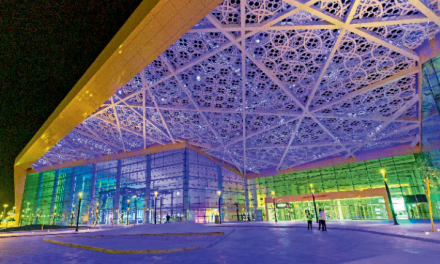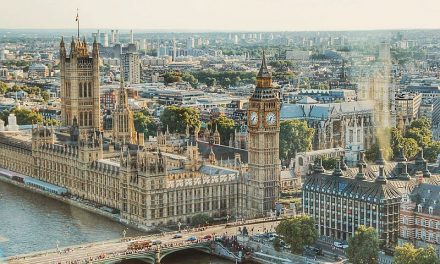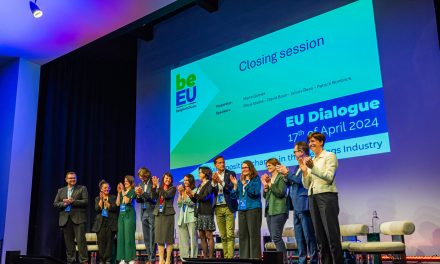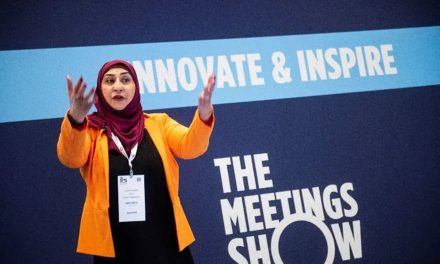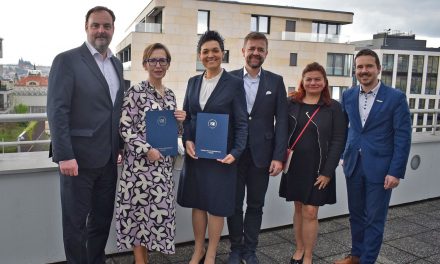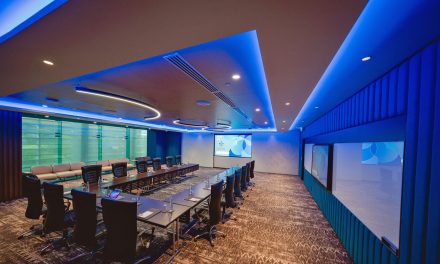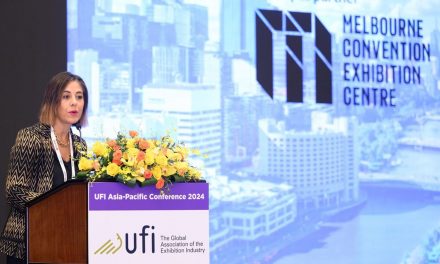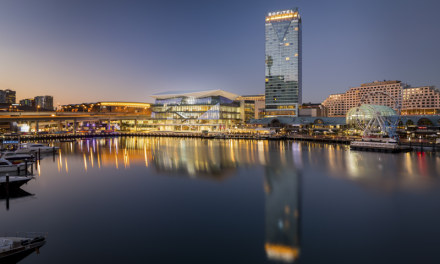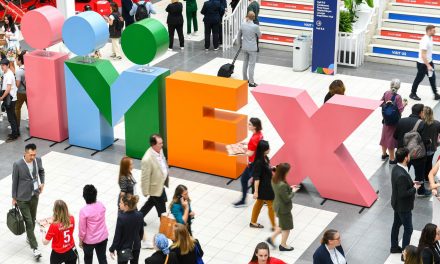CIM: Why is creativity particularly important today?
Prof Roland Lambrette: First of all, I’d like to caution against the use of the term ‘creativity’. It is as soft as butter. Everyone has a different understanding of it. I would rather talk about originality, individual creative drive and the courage to take risks. This attitude is important because we live in a culture of ‘copy and paste’. Many agencies simply adapt the same successful strategies they have found somewhere on the Internet or seen their competitors use. There is now so much uniformity that it seems even a company party can no longer be held without the kind of fanfare you see at the Oscars. Increasingly, we just seem to get more of the same. We are seeing less and less creativity, and that is bad for our sector. It is time to think for ourselves again and come up with new formats.
What is it about spatial communication and events that make them an ideal platform for creativity?
Because they have to do with people, chance and unpredictability. That forces you to provide a framework and scope for open processes. You need a real feel for this and plenty of experience and empathy. Face-to-face communication is real-time market research. Attendees tell you their undiluted opinions straight to your face.
How can you recognise creative ideas?
They constitute a complete rethink of a remit, resulting in a suitable new format for it. It’s about taking a close, in-depth look at both the people involved and the content. Our world, our target groups’ pool of experience and the circumstances. In terms of social and technology trends, all change extremely quickly. Saying ̒we’ll do it like last timeʼ is just not good enough.
Anyone who lets themselves in for creativity has to be ready for spontaneity and unexpected situations. How does that fit with the kind of well-timed dramatic structure and efficiency that is standard today.
It is a misconception to equate creative courage with chaos. Quite the opposite is true. A good dramatic structure only works if the attendees go along with it. You therefore have to allow space for improvisation in the proceedings; anything that is too perfect is quite simply dead.
How can you give structure to creative processes?
Briefings are not announcements! They are invitations to find an ideal solution. Design is not something for ‘yes’ people. All those involved, who bring their particular skills to bear, should be able to contribute ideas. These are then moderated and ultimately formed into a concept. This is about swarm intelligence rather than relying on claims of brilliance or inspiration.
Creativity and digitalisation: how do they go together at events and in spatial communication?
Digitalisation helps with organisation. Without software, it is no longer possible to run a complex project. It creates clarity during the preparatory work. It is a tool used by those creating something, allowing increasingly large groups of specialists. They often don’t meet each other face to face, to work together creatively.
What is the place of creativity in politics?
In my keynote at the ADC event, I said the industry should also take a good look at itself and ask what it actually achieves with the 50 bn euro annual budget spent on communications in Germany. We are the people who give concrete shape to dreams and wishes. And we have to ask ourselves if they are still the right ones. We can’t get out of this by saying we are only ‘service providers’. And I am dismayed by the lack of ideas in politics, particularly the mainstream parties. This does damage not only to them but to our entire society. Their inability to turn ideas about a positive, desirable future into images and stories opens the door to old and dangerous patterns of thinking.
Is it possible to learn creativity? And get participants to become creative themselves?
Yes, of course: above all, don’t just go straight to Google when an order comes in. Instead, develop your own ideas about the job to be done and be able to substantiate these ideas. Many clients are actually delighted when you turn a critical eye on their briefing. After all, they have enough water carriers in their companies already. They want our experience, not our Excel lists.
Many thanks for the interview, Prof Lambrette.
________________________
Roland Lambrette, born 1951, has been Professor of Temporary Architecture since 2004 and Rector of the University of the Arts Bremen (HfK) since 2017. Together with friends, he set up in the 90s Atelier Markgraph, a communications agency in Frankfurt am Main. The agency specialised in room design, exhibitions and event concepts. It grew quickly as the enquiries increasingly came in, stormed up the rankings in the creative industry. Together with just a few other agencies, it spawned a new design discipline: spatial communication. Lambrette received a lifetime award from the German Art Directors Club (ADC) in 2019.



